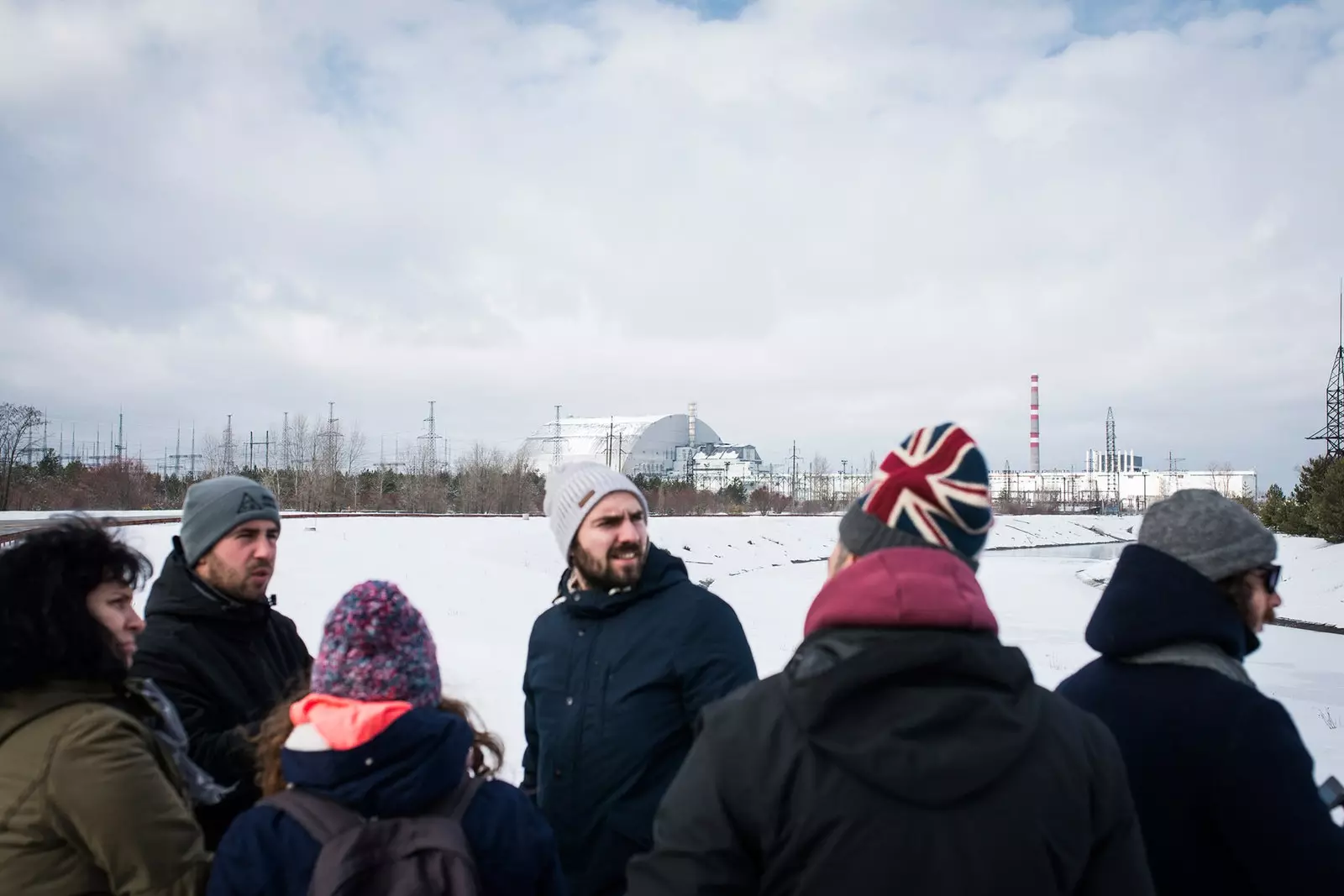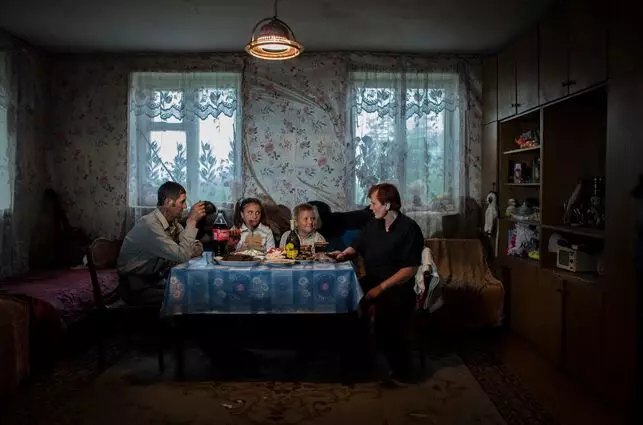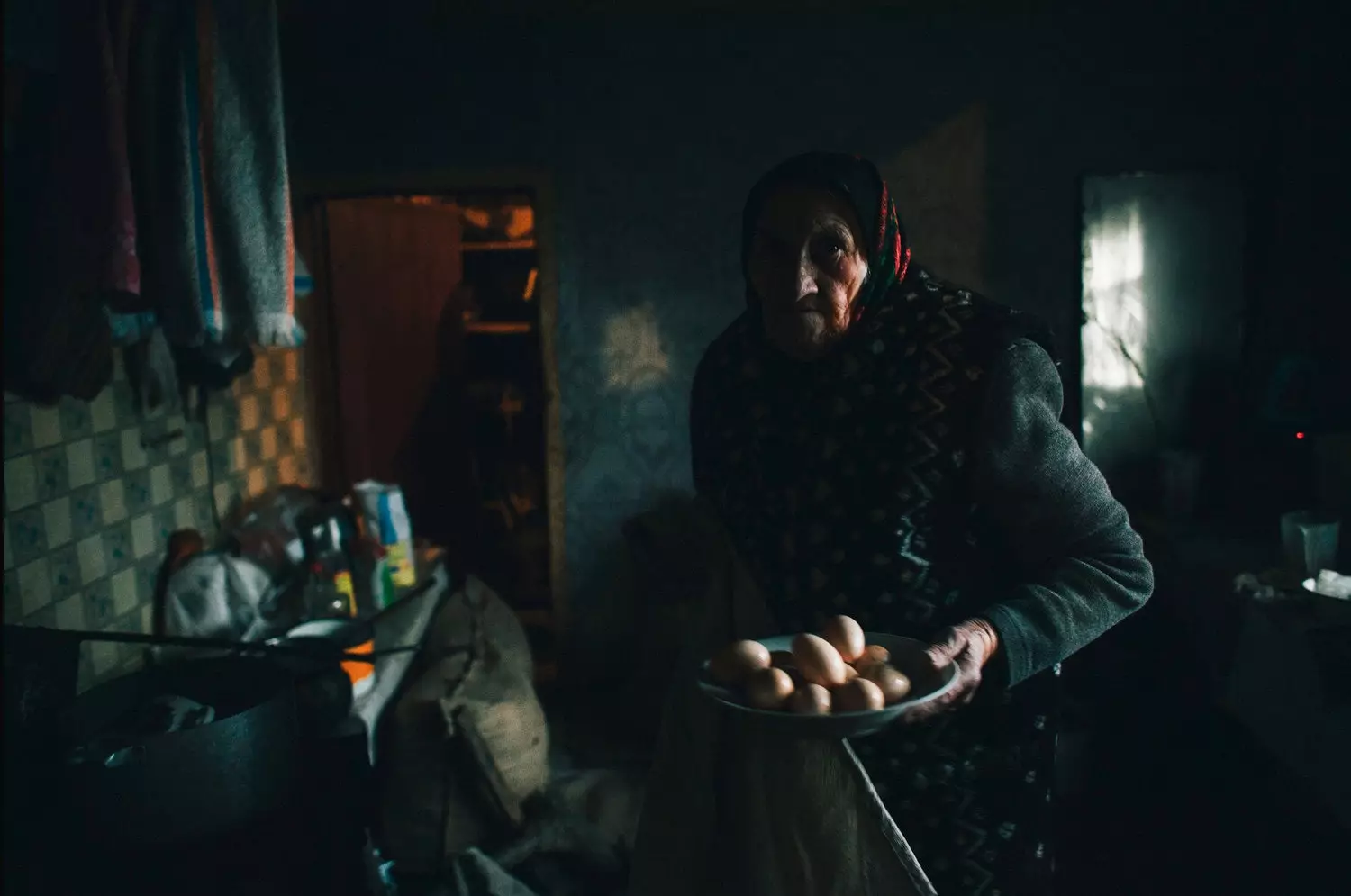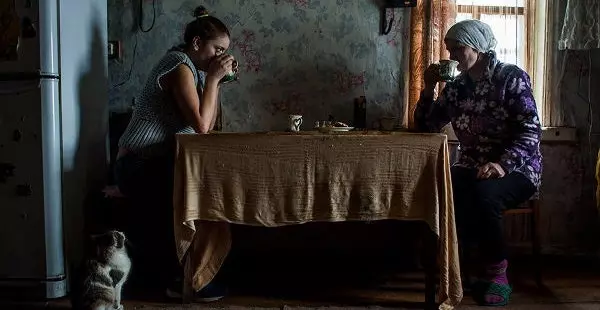
"Radioactive tourism", as defined by Raúl Moreno
The news of the first tourists who have been able to access the reactor number 4 Yet the control room of the Chernobyl nuclear power plant that put the world in check September 9, 1982 They arrive in drops.
The Ukrainian government announced in October that it would open the ban to most extreme tourism to visit the exclusion zone in exchange for a modest price of US$100 per person . And to the astonishment of the international community, he has kept his word. In a dangerous game of fake news and interested rumors To enlarge the myth, a huge expectation has been generated to know what the hot impressions of the "lucky" ones were.
Almost in a world first, a software developer and CEO of programming companies, has not been able to repress the desire to post three photos on his Twitter profile to the delight of himself and the hundreds of thousands of his followers.
In the picture you can see a card automatic tests to detect radiation , a Geiger counter given to all visitors along with a special suit and visual proof of his visit with a friend with the metal ship that keeps 200 tons of radioactive fuel in the background.
With the firestorm of criticism directed at the Ukrainian government for allowing such barbarity, the director of the company Chernobyl Tours has rushed to ensure security: “a one-day visit means less radiation than a passenger receives on a transatlantic flight ”. Interestingly (or not), the tourist who was strutting on Twitter repeats the same message: “ I have measured more radiation during the 10 hour flight than in the nuclear reactor enclosure ”.
A statement that, by the way, quickly dismantles the Centers for Disease Control and Prevention (CDC) Agency of the United States Department of Health in an official document: “We are exposed to low levels of radiation when we fly. Each traveler is exposed to approximately 0.035 mSv (3.5 mrem) of cosmic radiation if he flew from the east coast to the west coast of the United States. This amount of radiation is less than the amount of radiation we get from a chest X-ray."
The truth is that it is difficult to understand the real motivations of someone who decides to travel voluntarily to a place where the probability of suffering a overexposure to radioactivity is enormous . Specifically, radiation in the nuclear reactor and control room is 40,000 higher than normal.
If you are not a nuclear physicist or a nostalgic historian of the great catastrophes of humanity, the only thing left is morbidity and desire to click as real options . "Watching the HBO series Chernobyl has taken me there," says Jeff Atwood in response to the question we put to him from Condé Nast Traveler.
And it seems that he is not alone. There are many who think the same and are included in a dangerously upward trend, which began long before the worldwide boom of the award-winning series that follows the investigations of Valery Legasov.
“This year a record number of tourists have visited the Chernobyl exclusion zone. In 2015 there were 8,000 visitors; last year, 72,000 and so far in 2019 there have already been 87,000 visits. 17,000 have been Ukrainians and 70,000 foreigners”, they assure Traveler.es from Chernobyl Tour.
One of the people who traveled to Chernobyl two years ago was the photojournalist Raúl Moreno. There he did an excellent job. portraying the most contaminated food on the planet as if they were people.
"The price of feeding in Chernobyl is a slow and silent death," says he exclusively for Condé Nast Traveler just arrived from 3 months in Iceland. “The first time I entered the zone, I felt that if one day there were to be a disaster that struck the Earth, it would have to be similar to Chernobyl. I never imagined it would be a mass destination ”.
A destination where radioactivity stains everything with death , where fruits, vegetables and food are poisoned in a slow and painful way and where people eat forbidden food knowing that it will bring them death because they have nothing else to put in their mouths. “ Many people live in poverty near the area . They are also polluted places and they are forced to eat food that they grow themselves due to the scarcity of economic resources”
quite logical that demand a little more respect for the locals beyond easy money: “These people have to endure how dozens of buses pass by without them having any chance of getting rich in any way. It would be good if they were taken into account and that they were participants in all this history . The problem may be that in no time, this place could become a huge theme park ”, Says Moreno who titled his work as The forgotten of Chernobyl , a very symbolic name now that tourism arrives at the doors of their houses and ignores them.
The photographer and documentary filmmaker touches on the hottest topic and one that stings even in high spheres of the Ukrainian government, which he has assured via official spokespersons that all the money generated by this extreme tourism will be spent for the upkeep of the area itself.
In other words, it is ensured that this tourism is part of the government program and the main intention is to spread information instead of earning money.
Another very different thing is the victim support . Be supposed to 10 million people supposedly they will receive help from the state, but the enormous budget allocated wants to make sure that it is destined to real victims.

Family living in a contaminated area / Photo from the series "Monologue about Chernobyl"
Until the money arrives, **extreme tourism (we could even call it "radioactive tourism")** is welcome in the area: “Money rules, and if something is fashionable, it will be squeezed until all its juice is extracted. The tourist wants to be at the epicenter of the tragedy, and that can have consequences for his health. I am sure that many of those who go there, they are not really aware of the consequences in the medium and long term ”.
IS EVERYTHING VISIBLE?
At a more conceptual level, the question arises almost spontaneously: Is everything visitable as a tourist or are there certain insurmountable limits for the traveler's ethics? “It is true that there are limits for tourists, although for a handful of dollars you could have access to certain places that were previously banned. **There is a lot of curiosity and a lot of posturing ** with all these instagramers who in most cases have no idea what Chernobyl means. Fortunately, there is also responsible tourism, curious people who come to this place assuming the risk, and respecting its inhabitants and their stories ”.

Photo from the series "Monologue about Chernobyl" by Raúl Moreno
And it is that in a few years it has gone from extreme tourism that wanted to live the experience of war correspondents to Russian roulette tourism that plays with death.
A massive mistake that goes from bad to worse and that Raul Moreno seeks to amend from his humble plot: “I, as a photographer, organize documentary photography workshops with small groups, always dealing with local people, I make the attendees know first-hand what is happening there and soak up their stories. I think Chernobyl tourism should not be Selfie tourism, it should be empathy tourism ”.

Photo from the series "Monologue about Chernobyl" by Raúl Moreno
